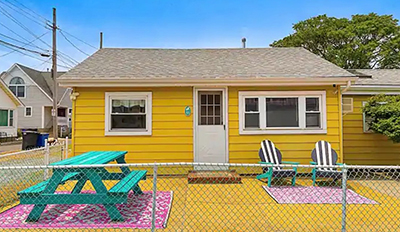
2nd Home Hotspots See Outsized Growth in Rental, Home Prices

As remote work prompted many Americans to relocate during the pandemic, housing costs soared in second-home hotspots even more than the rest of the country, according to Redfin, Seattle.
The report said average rental prices rose 17.1% year over year nationwide to $1,893 in popular second-home markets in April, compared to a 10% increase to $1,484 in places that aren’t considered second-home destinations.
The story is similar in the for-sale market. The typical home in second-home markets sold for a record $516,423 in April, up 19.9% year over year. In non-second-home markets, prices increased 14.8% to a record $389,156. Although the housing market is now slowing down, prices have soared since the beginning of the pandemic.
Home and rental prices skyrocketed in Phoenix, Cape Coral, Fla., Naples, Fla., Myrtle Beach, S.C., and Las Vegas, the top five second-home markets in the nation. Rental prices have increased by 25% year over year or more in four of those five areas (Myrtle Beach is the exception), and sale prices have increased by at least 25% in all five.
Prices began growing faster in second-home destinations at the end of 2020. Mortgage-rate locks for second homes spiked in June 2020 and remained elevated through the beginning of 2022, reaching a peak of 88% above pre-pandemic levels in March.
“The popularity of vacation towns has sent housing costs through the roof, making it harder for many locals to afford living in their hometowns,” said Redfin Deputy Chief Economist Taylor Marr. “The second-home boom is ending as many vacation-home buyers are priced out of the market due to historically high prices and high mortgage rates–but those same factors have already pushed locals to the sidelines. Locals in popular beach towns and vacation spots have spent the last two years competing for a limited number of homes with wealthy second-home seekers–and often losing.
“But many of the places where prices soared partly due to pandemic-driven second-home purchases and migration are likely to see price growth slow quicker than other parts of the country as the market cools down,” Marr added. “The outsized price growth is unsustainable, especially as demand for second homes drops.”
